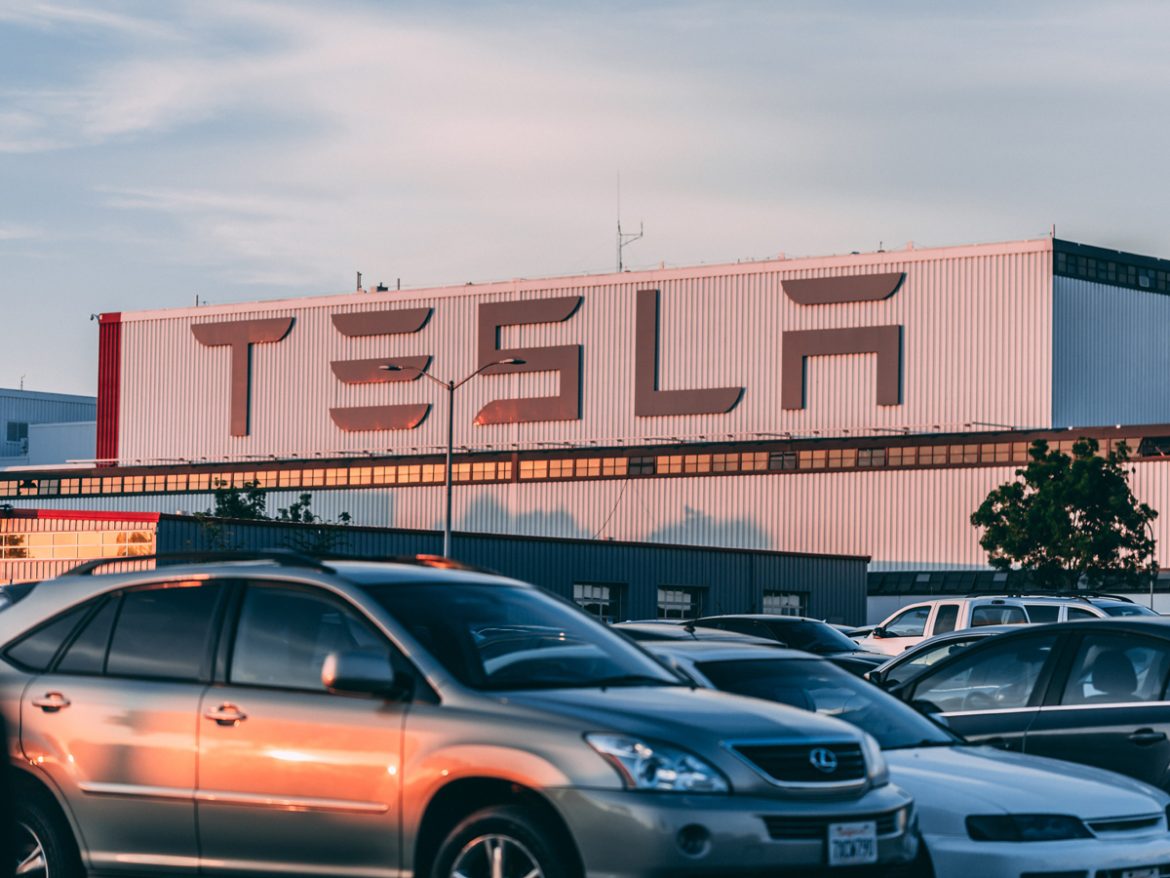Tesla Inc. plans to invest significantly in artificial intelligence (AI) this year, with CEO Elon Musk indicating that a substantial portion of the company’s capital expenditure will go towards AI initiatives. Musk revealed on social media platform X that Tesla will likely spend between USD 3 billion and USD 4 billion on hardware from chip manufacturer Nvidia in 2024. This expenditure forms part of Tesla’s broader AI-related capital expenditure, which Musk estimates to be around USD 10 billion.
“For building the AI training superclusters, Nvidia hardware accounts for about two-thirds of the cost,” Musk stated. He also noted that approximately half of Tesla’s AI expenditure would be internal spending.
Redirecting resources
Recent reports suggest that Musk has instructed Nvidia to prioritise shipments of AI processors to his other ventures, X and xAI, over Tesla. This decision has sparked concerns among Tesla shareholders about Musk’s commitment to the electric vehicle (EV) manufacturer, given his involvement in multiple enterprises.
An internal Nvidia memo disclosed by CNBC highlighted that 12,000 Nvidia H100 GPUs, initially destined for Tesla, were redirected to X. In exchange, Tesla is expected to receive a similar number of processors originally scheduled for X later in the year. This redirection delays Tesla’s receipt of over USD 500 million worth of processors by several months.
Musk addressed these concerns on X, stating that Tesla currently lacks the capacity to store and activate the Nvidia processors. He mentioned that the expansion of Tesla’s Gigafactory in Texas, which will accommodate 50,000 H100 GPUs for full self-driving (FSD) training, is nearing completion.
Shareholder reactions and upcoming vote
The timing of these developments is critical, as they precede a significant shareholder vote on Musk’s compensation package at Tesla’s annual general meeting on June 13. This pay package is regarded as the largest for any CEO in corporate America. Shareholders have expressed concerns over Musk’s ability to effectively manage Tesla while dedicating substantial resources and attention to other ventures.
Balancing AI and EV market demands
Musk’s redirection of AI resources highlights the increasing importance of AI in Tesla’s strategic roadmap. In January, Musk discussed on X his discomfort with growing Tesla into a leader in AI and robotics without having significant voting control. He stated, “Unless I have ~25% voting control, I would prefer to develop AI and robotics products outside of Tesla.”
This shift towards AI comes at a time when Tesla is navigating a slowdown in the EV market. In April, Tesla announced global layoffs affecting more than 10% of its workforce, reflecting the challenging market conditions. Despite these challenges, Musk remains committed to advancing AI capabilities both within and outside Tesla.
Tesla has reiterated its capital expenditure forecast of over USD 10 billion for this year and anticipates spending between USD 8 billion and USD 10 billion annually in subsequent years. This substantial investment underscores Tesla’s commitment to maintaining its competitive edge in both the EV and AI sectors.
The broader implications
Musk’s strategic decisions could have broader implications for Tesla’s market position. The prioritisation of AI investments, while potentially beneficial in the long run, may cause short-term disruptions and affect Tesla’s ability to meet EV market demands. As Tesla shareholders prepare to vote on Musk’s compensation and other key issues, the company’s direction and Musk’s role in it remain focal points of discussion.
Tesla’s current strategy underscores a significant pivot towards AI, driven by Musk’s vision of the future. While this move could solidify Tesla’s position as a leader in AI and robotics, it also raises questions about the company’s immediate priorities and the balance of Musk’s commitments across his various ventures.



